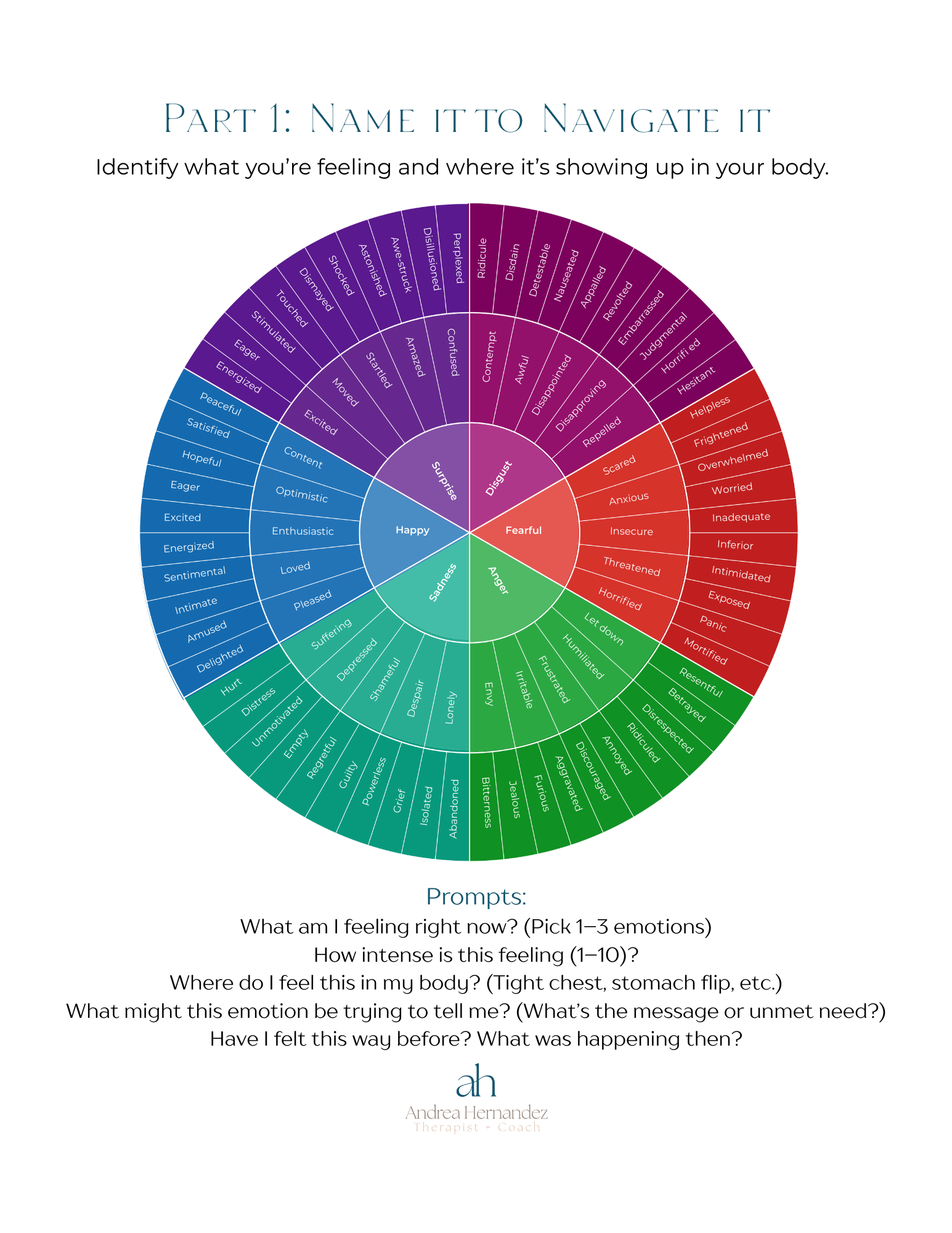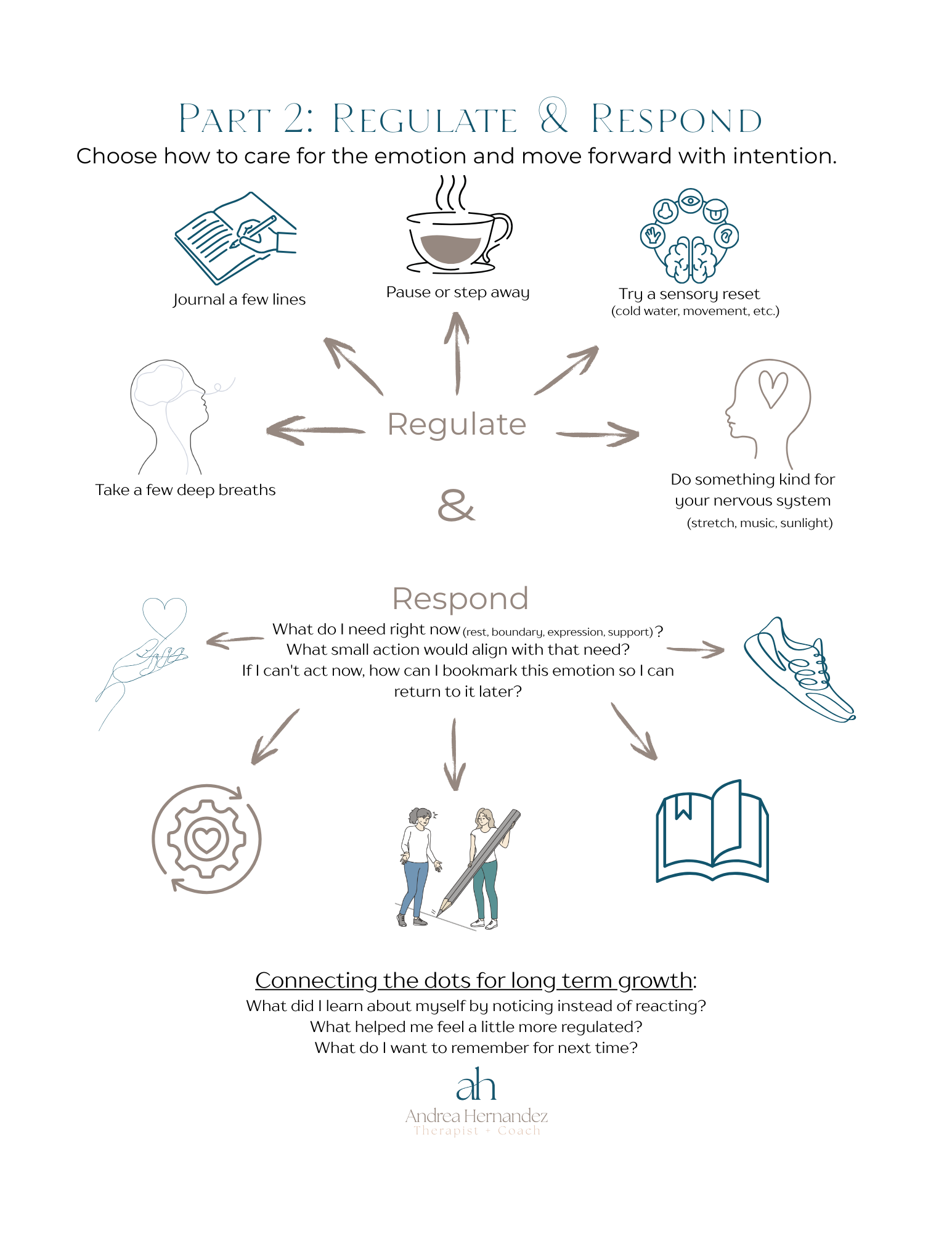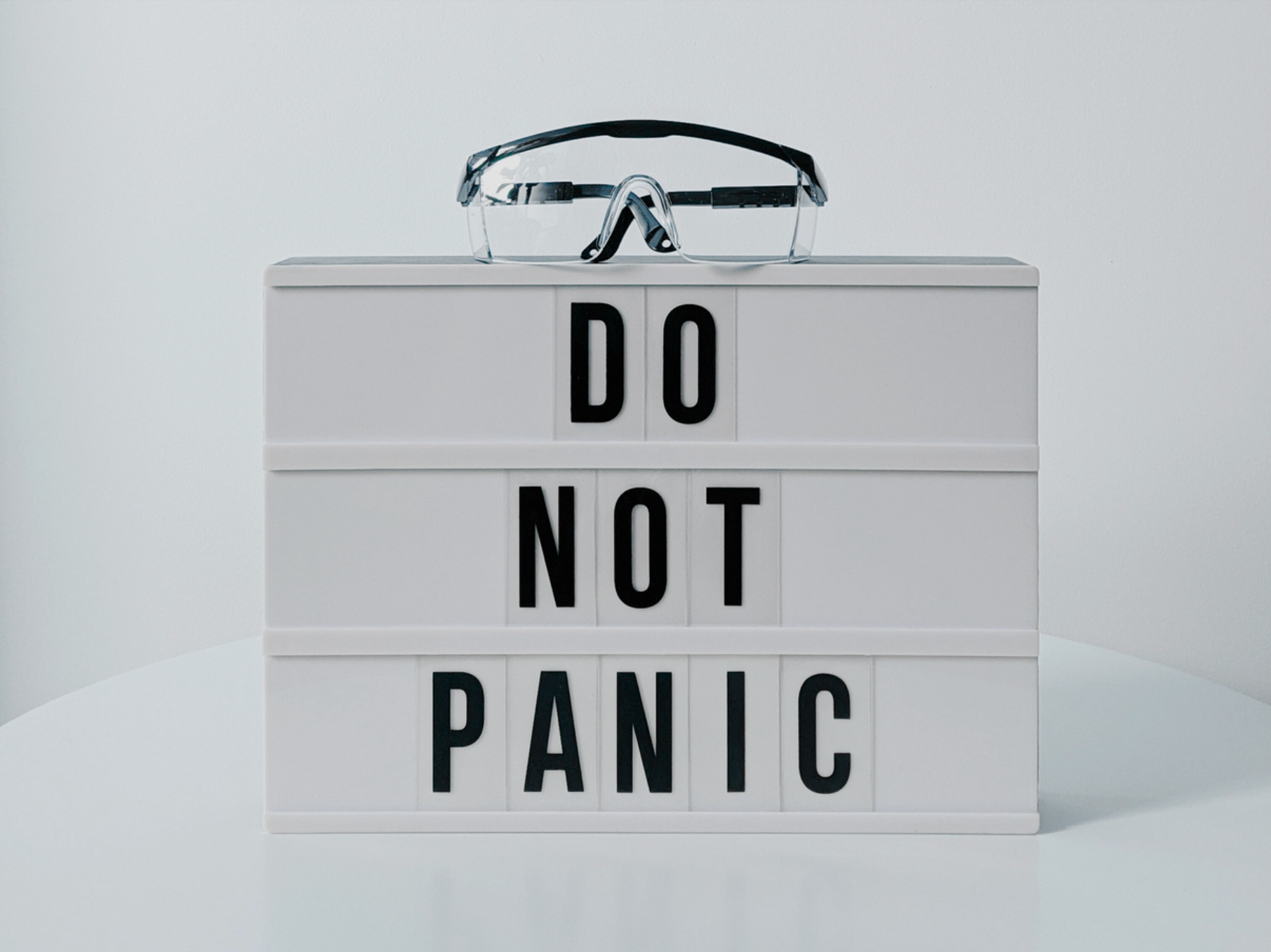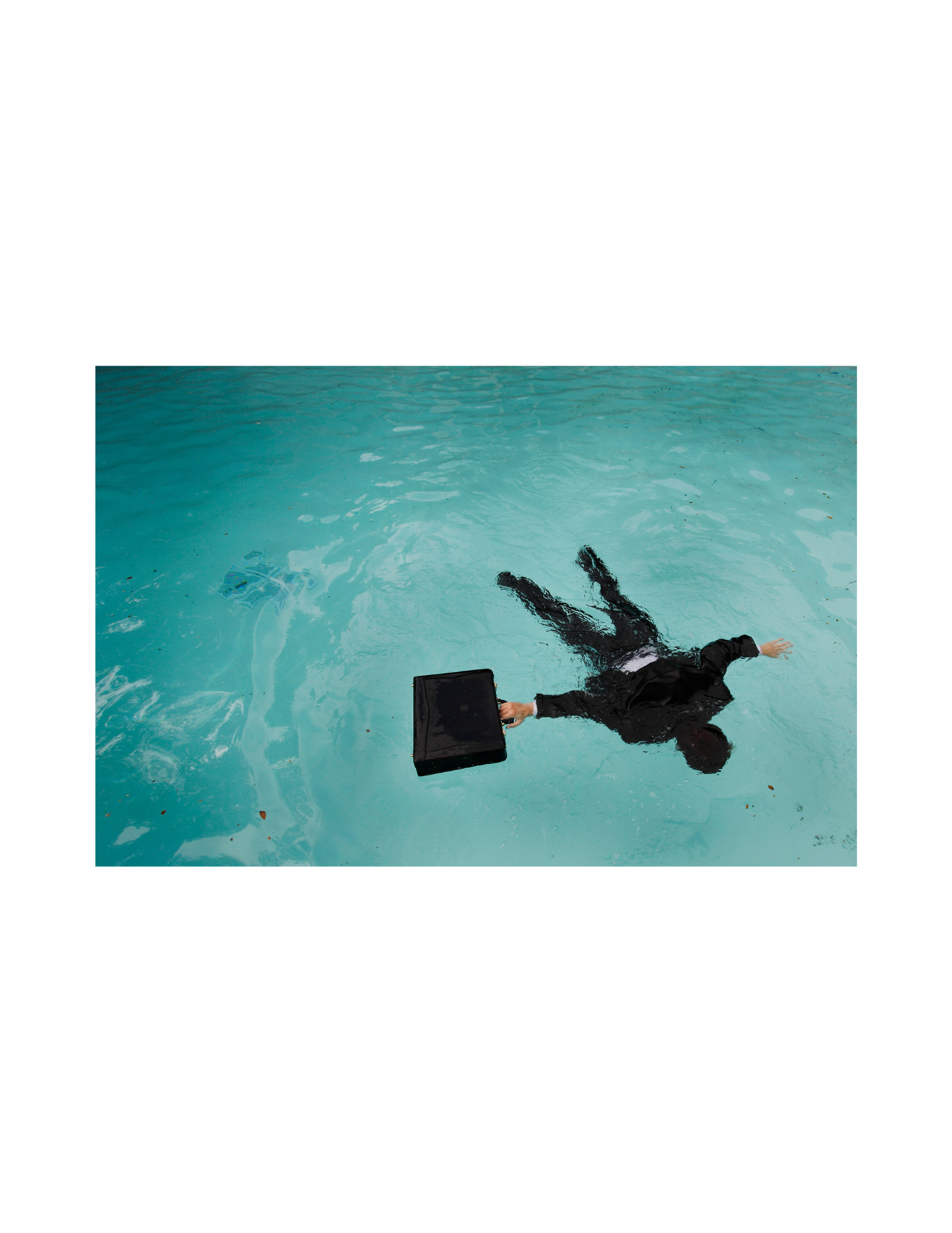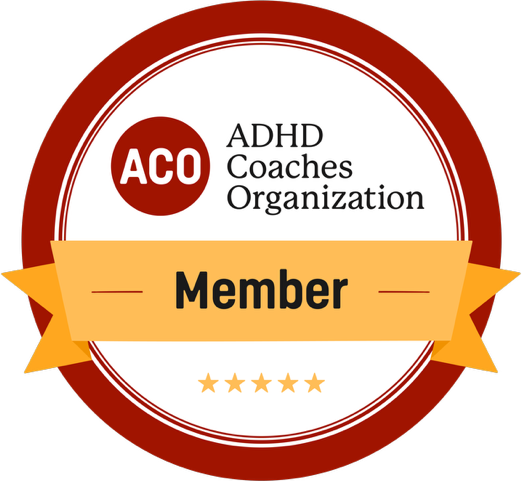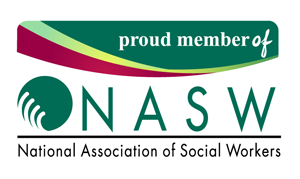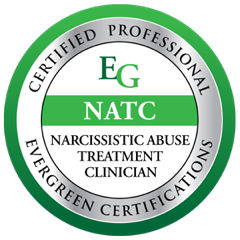When Avoidance Becomes the Default: How to Shift from Reactivity to Intention
We all have moments when we check out instead of tuning in. Maybe it’s scrolling endlessly, avoiding a hard conversation, saying “yes” when we mean “no,” or jumping from task to task without finishing anything.
For many of us—especially those with ADHD, anxiety, trauma histories, or people-pleasing patterns—this isn’t about laziness or lack of willpower. It’s about emotional overload, internal dissonance, and a nervous system doing what it knows to survive: avoid discomfort.
But avoidance has a cost.
When distraction becomes a default, it quietly pulls us away from our goals, values, and self-trust. We start making decisions reactively—driven by urgency, fear, or emotion—instead of from a grounded, intentional place. Over time, that gap between how we act and who we want to be can leave us feeling disconnected or stuck.
Here’s the good news: we don’t have to bulldoze our discomfort or shame ourselves into change. Some of the most powerful shifts begin with something much gentler—a pause.
Why We Avoid: Understanding the Urge to Escape
When you’re under-resourced emotionally or mentally, your brain does what it must to protect you from overwhelm. That might look like:
● Numbing with screens or overworking
● Avoiding decisions that bring up fear or failure
● Saying “yes” to maintain harmony—even when you're depleted
● Overcommitting or under-functioning to sidestep discomfort
These patterns aren’t moral failings. They’re adaptive strategies—ones that may have helped you in the past but are now keeping you stuck.
The Power of the Pause
When you feel the urge to escape—through distraction, over-explaining, or shutting down—that moment is an invitation. Not to judge yourself. Not to force a different behavior.
But to pause.
To name what’s happening.
To meet yourself with compassion.
The pause is where possibility opens.
It gives your nervous system a chance to settle—and your values a chance to speak.
Moving from Reaction to Alignment
You don’t need to “fix” your reactivity. You just need to make space around it. In real time, that might look like:
● Notice the urge: “I want to check out right now. Something feels off.”
● Name the feeling: “I’m overwhelmed. I’m afraid of disappointing someone.”
● Offer compassion: “This is hard, and I’m doing my best.”
● Check your alignment: “What would feel true to me in this moment?”
● Make a grounded choice: “I can say I need more time. I can come back to this when I’ve settled.”
These small moments of noticing and redirecting rebuild the bridge between your inner world and your outer actions.
That’s where self-trust grows.
Want Support Putting This Into Practice?
I’ve created a free downloadable handout, The Pause That Changes Everything—a simple 5-step guide you can use when overwhelm or avoidance shows up. It walks you through how to move from automatic reactivity to intentional decision-making, using compassion and clarity as your anchors.
It’s a small resource that can make a meaningful difference—especially if you’re working on emotion regulation, discernment, or living more in alignment with your values.
Final Thoughts
You’re not broken if you sometimes distract, avoid, or check out. You’re human—and likely doing the best you can with the tools you’ve had.
But now, you can add a new one: the pause.
Not a punishment. Not a perfectionism trap. Just a breath between the urge and the action—a moment of self-awareness where a different choice becomes possible.
And that’s where change begins.
Want support?
If you’re noticing emotional overload, confusion, or relational stress on a daily basis, you're not alone. Whether through therapy or coaching, I help clients untangle these dynamics, reconnect with themselves, and move forward with clarity and self-trust.
Explore my
free resource library or
get in touch if you're ready to start untangling the overwhelm.
Please complete the form below to gain access to my handouts library.
